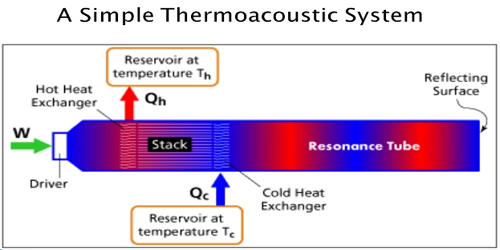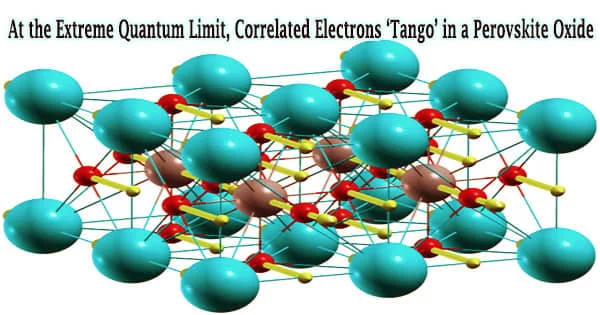A cryocooler is a device used to cool the environment and anything inside it to extremely cold temperatures. A refrigerator designed to reach cryogenic temperatures is often called a cryocooler. It is a mechanism that can extract heat from an object (cooler) and by doing so draw its temperature down below approximately 150 Kelvin. The term is most often used for smaller systems, typically table-top size, with input powers less than about 20 kW. Some can have input powers as low as 2-3 W. Large systems, such as those used for cooling the superconducting magnets in particle accelerators are more often called cryogenic refrigerators. There is a distinction in usage between cryocooler and cryogenic refrigerators. Generally, the term cryocooler is used to describe smaller devices (with a capacity of say 100 W or less), while the cryogenic refrigerator is used to describe much larger systems like the CERN helium refrigerators or even refrigerators with, say, 500 W capacity.
A device that can cool to approximately -238 degrees Fahrenheit (or about –150 degrees Celsius) or colder, however, is usually referred to as a cryocooler. Their input powers can be as high as 1 MW. In most cases, cryocoolers use a cryogenic fluid as the working substance and employ moving parts to cycle the fluid around a thermodynamic cycle. The fluid is typically compressed at room temperature, precooled in a heat exchanger, then expanded at some low temperature. The returning low-pressure fluid passes through the heat exchanger to precool the high-pressure fluid before entering the compressor intake. The cycle is then repeated. The ability of the device to cool its interior environment depends largely on the thermodynamic properties of the gas circulating through the system.
Application
There are many common applications of cryocoolers. One of the most common is for the cooling of infrared sensors to temperatures of 80-150 K for use in military night vision equipment. Typically used in scientific and engineering applications, it is designed to achieve temperatures well below those reached by standard appliances.
- Military – Infrared sensors for missile guidance and tactical applications; Infrared sensors for surveillance,
- Police and Security – Infrared sensors for night vision and rescue,
- Environmental – Infrared sensors for atmospheric studies of the ozone hole and greenhouse effects; Infrared sensors for pollution monitoring,
- Medical – Cooling SC magnets for MRI systems; SQUID magnetometers for heart and brain studies,
- Transportation – LNG for fleet vehicles; SC magnets in maglev trains,
- Agriculture and Biology – Storage of biological cells and specimens.















